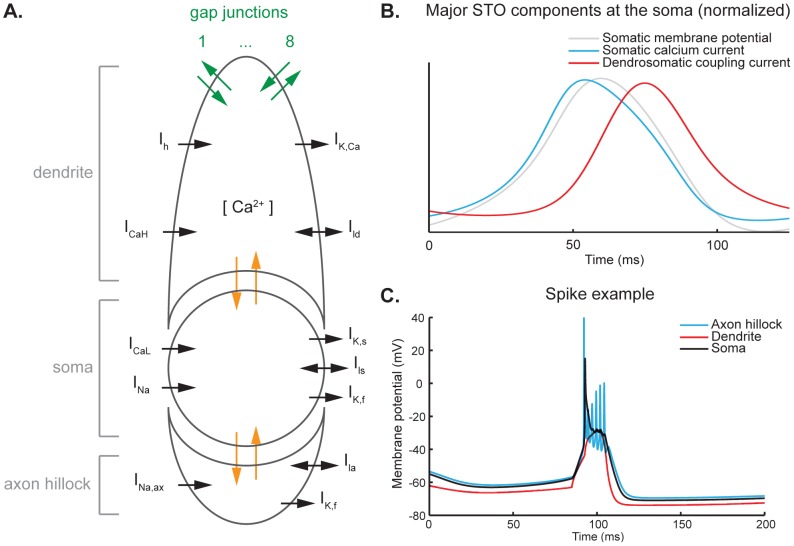Figure 1. Architecture and electrophysiological properties of the cell model.
A. Schematic representation of the three-compartmental cell model used. From top to bottom, the compartments represent the dendrite, the soma and the axon hillock (also indicated in gray on the left). Current flows internally between the dendritic and the somatic compartment as well as between the somatic compartment and the axon hillock, as indicated in orange. In addition, current can flow between a cell and up to eight cells it is connected to through the gap junctions in the dendritic compartment, indicated in green. Each compartment has its own set of ion channels. The dendrite has a high-threshold calcium current ICaH (P/Q-type) and resultant internal calcium concentration [Ca2+], a calcium-dependent potassium current IK,Ca, a cationic current Ih and a passive leak current Ild. At the soma, there is a low-threshold calcium current ICaL (T-type), a fast sodium current INa, a potassium current with a slow component IK,s and a fast component IK,f, and a passive leak current Ils. The axon hillock compartment has a fast sodium current INa,ax, a fast potassium current IK,f and a passive leak current Ila. B. Normalized representation of the major STO components at the soma. The gray line shows the somatic membrane potential as a reference. The upward slope of the STO is caused by an activation of low-threshold calcium ion channels, leading to a depolarizing current (blue line). As the membrane potential becomes more depolarized, the calcium ion channels inactivate and current leaking from soma to dendrite increases in intensity (red line), causing the membrane potential to drop again. C. Example of a spike. A depolarizing current is applied at the dendritic compartment (red line), which exhibits a slow depolarization. The somatic compartment (black line) responds to this with a slow depolarization on top of which a fast sodium spike is generated. The axon hillock (blue line) shows fast sodium responses to the depolarization in the somatic compartment: the peak of the first sodium spike occurs before the somatic sodium spike (as reported by Mathy et al. [27]) and a burst of spikes is generated riding on the somatic depolarization. This burst of spikes is propagated back to the soma to some extent and is visible as spikelets on the calcium depolarization.

